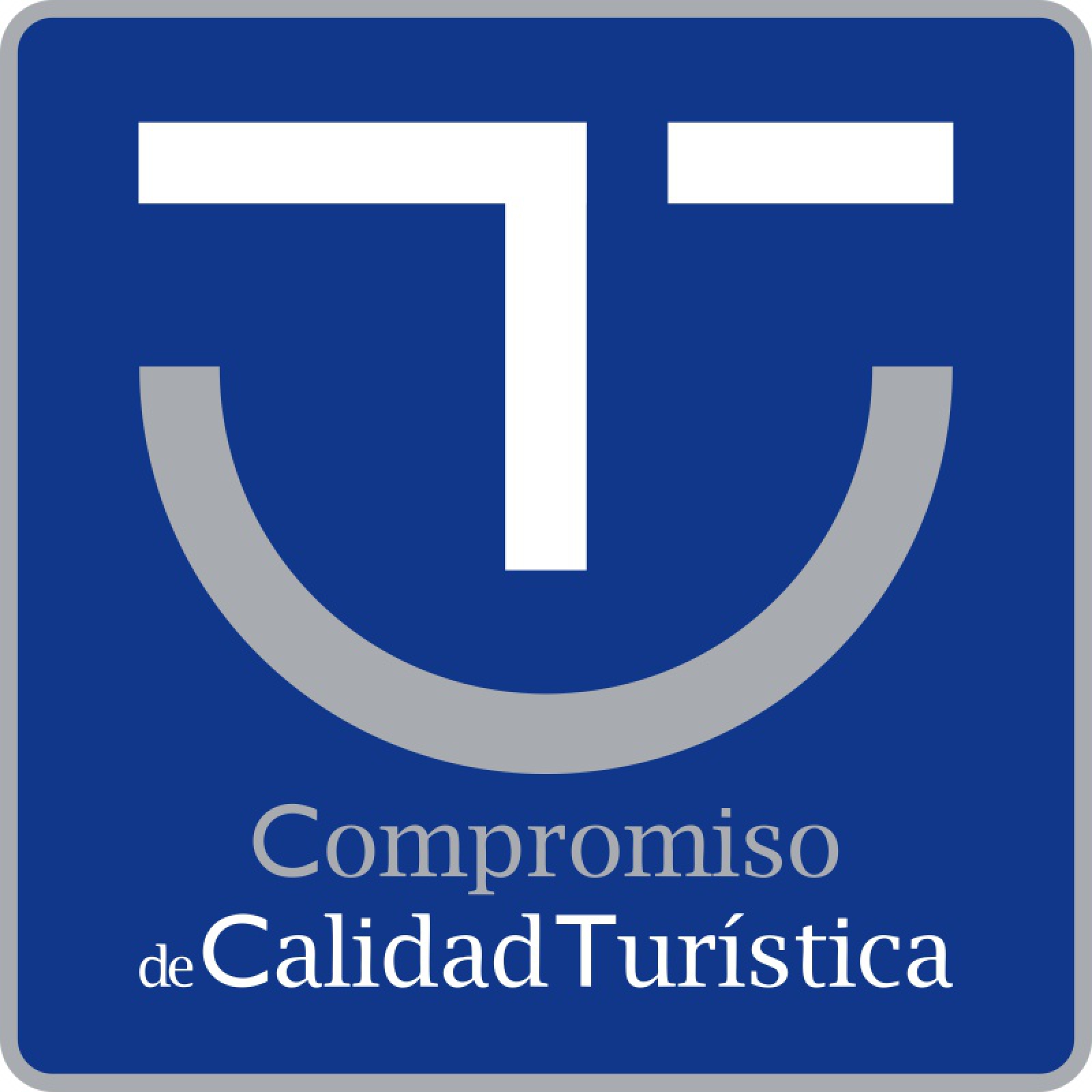As many of you will know, the famous Arosa ria (or in Galician, ría de Arousa) forms part of our incredible Rías Baixas and is situated between the peninsula of Salnés and the Barbanza peninsula. Both the ria and the land that surrounds it are home to a whole host of interesting stories that many people don’t know about. In today’s article, we tell you some of them.
The largest ria in Spain
In Galicia, everyone knows that the Arosa Ria is the largest of the Rias Baixas, but few realise that it is actually the largest ria of the whole of Spain.
Stretching 230 Km², this ria is home to numerous islands, islets and neighbouring reefs, such as Arousa Island, Galicia’s most populated; A toxa, extremely popular with tourists; Cortegada, a natural area which served as the summer palace of King Alfonso XIII; Sálvora, situated at the entrance to the ria, and Vionta, Rúa and O Areoso, small uninhabited islands. In addition, its coasts boast a plethora of villages and natural landscapes with stunning beaches and hiking routes that are well worth a visit.
Land of the Albariño wine
Albariño wine is one of Galicia’s most world-famous wines and is an authentic symbol of the Rias Baixas. It tells the story of the Cistercian monks who brought the albariño grape to Galicia in the 12th century. Since then, it has formed part of the area’s vineyards, together with the loureira, treixadura and godello varieties.
The area of el Salnés is known for being a major area of production of this wine. One of the local towns, Cambados, is renowned for being the capital of Albariño and, as a display of this, they hold the popular Albariño festival every year.
Sálvora, the island of heroines
Sálvora is one of the islands that forms part of the Galician Atlantic Islands Maritime-Terrestrial National Park, together with Cíes, Ons and Cortegada, and is found at the entrance to the Arousa ria. Nowadays, nobody lives there, but it once had several inhabitants who lived numerous experiences that became part of the island’s history. One of them is the Santa Isabel shipwreck which happened in 1921, considered the worst sinking in Galicia’s history, where 213 people perished.
At the time, Sálvora had a small village with around one hundred inhabitants who managed to save the lives of some of the shipwreck victims. Four women were honoured for their bravery and, since then, they have been recognised as being true heroines.
Today, you can visit the island and see the abandoned village where our heroines once lived, the ancient salting factory and the stunning Punta de Besugueira lighthouse, which continues to light the way for seafarers who approach the Arousa ria. Request a quote from our sales department and we will design you a personalised and flexible travel itinerary. It is an ideal trip for any time of year.
The legend of the mermaid
As we mentioned earlier, the island of Sálvora has been the stage of a plethora of real and mythological stories. One of our favourites is the legend of the mermaid, Mariña, who was discovered by a gentleman named don Froilaz. He later married her and they had a son together called Mariño.
The mermaid was mute and this concerned don Froilaz. One day, he revealed his concern to the island’s abbot. He advised him to give her a fright so she would talk again. So, the nobleman made a fire and pretended to throw his son into the flames. When Mariña saw what was happening, she made her first sound, as a result of the strong emotion.
Nowadays, there is a sculpture of the mermaid on the rocks that welcomes everyone who visits the island.
The largest laurel forest in Europe
The largest laurel forest in Europe can be found in the Arousa ria, specifically on the island of Cortegada. This island forms part of the Galician Atlantic Islands MT National Park, and is situated at the mouth of the Ulla river and boasts an extraordinary richness.
Cortegada island’s laurel forest stretches across two and a half hectares of the northern part of the island. It features various species of laurel, some as tall as thirteen metres high.
Rianxo, the place of writers
Castelao is one of the most famous writers from Galicia. This writer was born in Rianxo, one of the coastal towns situated on the Arosa Ria, in 1886. He worked as a doctor in the town for many years.
For this reason, the town has paid tribute to him on more than one occasion. In the square that takes his name, you can see a monument built in his honour, and along the cultural route created in his name, called “Roteiro Castelao”, you can visit the places that were important in the writer’s life.
Other distinguished writers who were born in Rianxo include Rafael Dieste and Manuel Antonio. In their honour, the houses they lived in have been reinstated and have been turned into museums dedicated to their lives and works.
Legend of the nine waves
Galicia is a land full of myths and legends, many related to the sea and its healing powers. One of them takes place on the famous beach of A Lanzada, in O Grove, and is known as the “Legend of the nine waves”.
It is a pagan fertility ritual where the woman must enter the sea shore and allow herself to be hit by nine waves to be able to defeat infertility and, hence, be able to have children.
This story is famous among locals and some women still, to this day, go to the sea shore to fulfil their desires of becoming mothers. In Sanxenxo, the date to hold this ritual is the last weekend of August, and in O Grove, it is held under the moonlight at midnight on the day of San Juan.
The ria’s beauty in a painting by Sorolla
In 1915, famous Valencian painter, Joaquín Sorolla, travelled to Vilagarcia de Arousa to paint a painting that would represent the Galicia of that era, commissioned by Archer Milton Huntington, the founder of the Hispanic Society.
The painting, entitled ‘La Romería’, depicts a rural scene in the gardens of a ‘pazo’ (a Galician country house) called Vista Alegre. You can see the island of Cortegada in the background, situated in the Arosa Ria. Sorolla’s visit was a major event at that time and they say that the painter made the most of his stay to paint numerous paintings of several landscapes and people from the local area.
Did you know these interesting facts out the Arosa ria and its surroundings? If you visit this part of Galicia, you will be able to discover many more anecdotes and stories.




